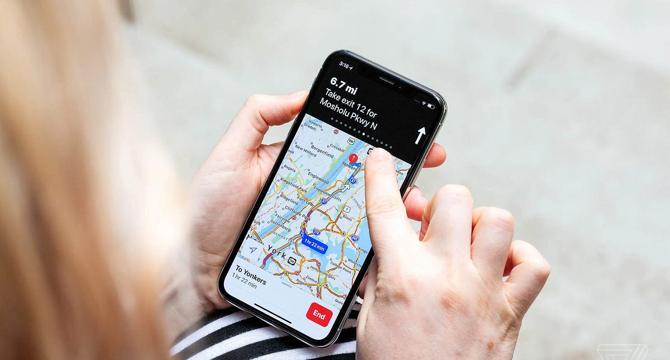UX Design
3w
101

Image Credit: UX Design
The cognitive cost of convenience
- In a world where oversimplification and automation are diminishing cognitive abilities, embracing meaningful friction could help in restoring cognitive engagement.
- The author recounts a road trip experience without GPS or smartphones, emphasizing the importance of mental models for navigation.
- The 'GPS Effect' highlights the trade-off between convenience and cognitive engagement, where streamlined processes can hinder deeper thinking.
- Technological advancements like AI and autocomplete tools are reducing the need for critical thinking and problem-solving, posing a challenge to cognitive depth.
- The article argues for maintaining cognitive engagement in user experience (UX) design to encourage problem-solving, adaptation, and anticipation.
- Designers should focus on progressive depth in interfaces, gradually revealing complexity to users to avoid overwhelming them with unnecessary information.
- The article suggests that thoughtful UX should not eliminate all cognitive effort but only unnecessary friction to enhance user experiences over time.
- AI-driven interfaces should be designed to preserve user engagement by encouraging critical thinking and guiding users towards understanding, not just providing instant solutions.
- Cognitive depth in UX design aims to make interactions more meaningful and empower users to develop confidence, adaptability, and problem-solving skills.
- Ultimately, the article concludes that a balance between convenience and cognitive engagement is essential in designing interfaces that challenge users to think and learn.
Read Full Article
6 Likes
For uninterrupted reading, download the app